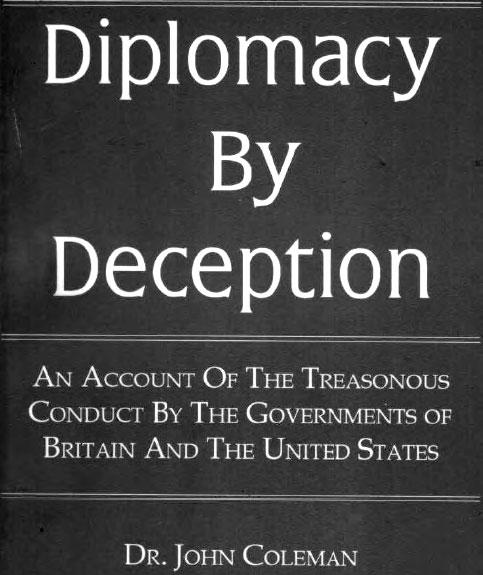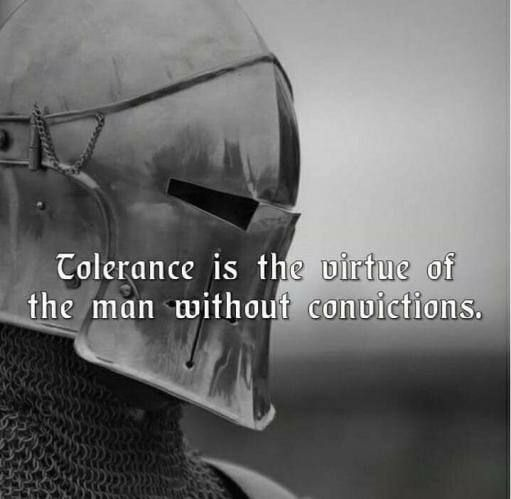Diplomacy By Deception by Dr. John Coleman

When you have read "Diplomacy By Deception" you will have little doubt that the British and United States Governments are the most corrupt in the world and that without their full cooperation in carrying out the designs of the Committee of 300, this supranational body would not be able to go forward with its plans for a One World Government, to which former President Bush, one of its more able servants, referred to as "the New World Order."
It is my earnest wish that "Diplomacy By Deception" will bring about a greater understanding of how secret societies operate, and how their orders are carried out by the very people who are supposed to serve the national interests and guard the national security of their respective countries and their people.
Your browser does not support the video tag.
Dr. John Coleman
1 - The Threat of the United Nations.
The history of how the United Nations was created is a classic case of diplomacy by deception. The United Nations is the successor to the defunct League of Nations, the first attempt to set up a One World Government in the wake of the Paris Peace Conference which gave birth to the Treaty of Versailles.
The peace conference opened at Versailles, France on January 18, 1919, attended by 70 delegates representing the international bankers from the 27 "victorious" allied powers. It is a fact that delegates were under the direction of the international bankers from the time they were selected as delegates until they returned to their own countries, and even long after that.
Let us be perfectly clear, the peace conference was about bleeding Germany to death; it was about securing huge sums of money for the international brigand-bankers who had already reaped obscene re wards alongside the terrible casualties of the five-year war (1914 1919). Britain alone suffered 1,000,000 deaths and more than 2,000,000 wounded. It is estimated by war historian Alan Brugar, that the international bankers made a profit of $10,000 from every soldier who fell in battle. Life is cheap when it comes to the Committee of 300-Iluminati-Rothschilds-Warburg-Federal Reserve bankers, who financed both sides of the war.
- Read more about Diplomacy By Deception by Dr. John Coleman
- Log in to post comments










